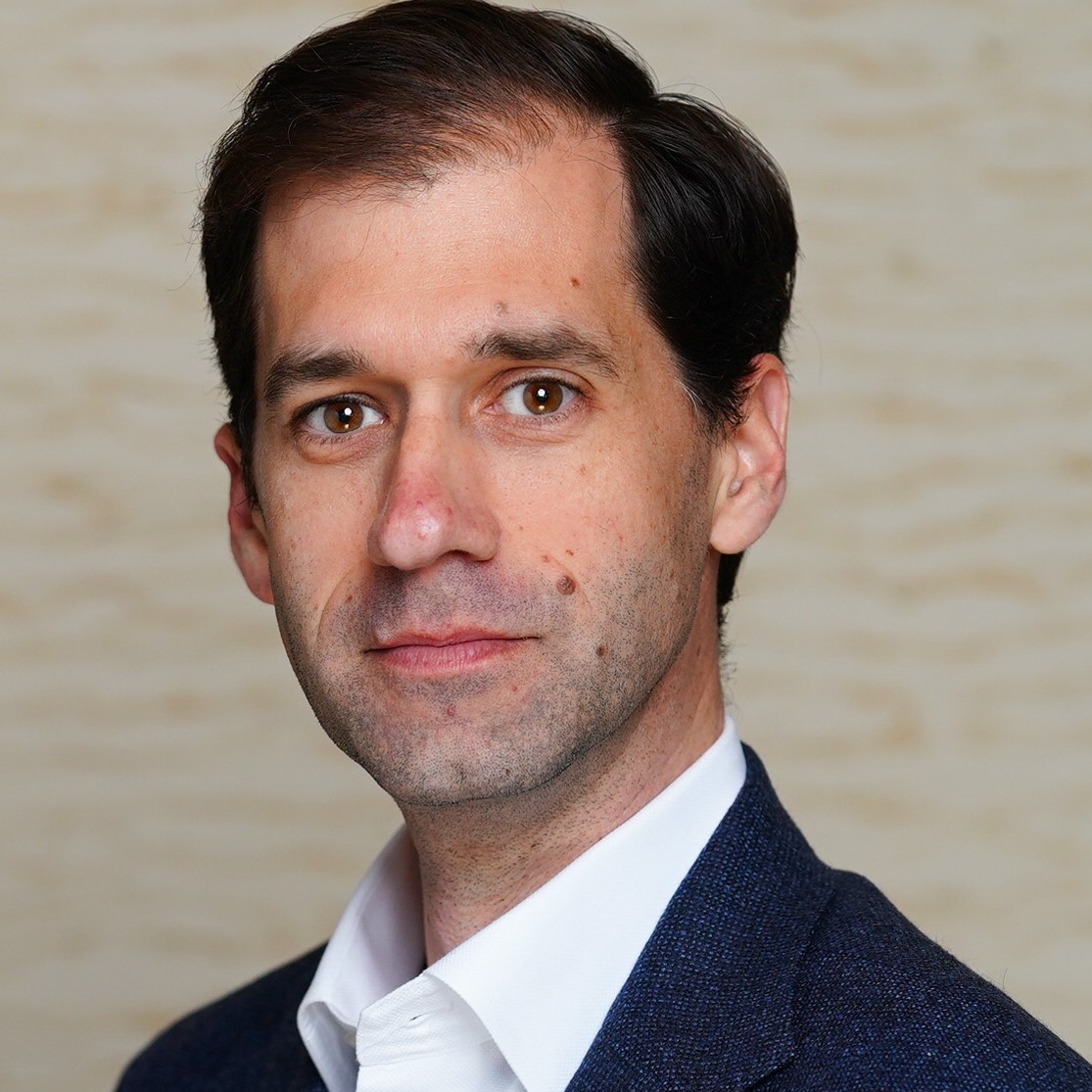Bon Secours Mercy Health’s successful merger provides takeaway lessons learned for other healthcare organizations



Josh Hesley, MHA
Deborah Bloomfield, PhD, CPA
Joshua Ackman
By using proactive, strategic and transparent communication as the guiding principle for their merger of equals, two health systems were able to far surpass the financial and integration goals they had set for the undertaking.
Bon Secours Health System in Marriottsville, Maryland, and Mercy Health in Cincinnati began to explore the possibility of a merger in 2018. About three years later, the newly merged organization, Bon Secours Mercy Health, was able to demonstrate annual savings amounting to $370 million as a result of synergies enabled by the merger, exceeding initially projected annual savings by $90 million.
Initial merger advantages
Like many health systems, the two organizations saw the merger as a strategy for improving their ability to support underserved communities amid continued cost pressures, declining reimbursements and increased efforts to scale.
Although the two systems represented different geographic communities, they were attracted to each other by two significant features they had in common:
- As Catholic health systems, they had close relationships with their sponsor organizations (Sisters of Bon Secours, Sisters of Mercy and Sisters of Humility of Mary), and they had complementary missions, visions and organizational values.
- Both leadership teams wanted to ensure their organizations’ commitments to their financial and operational plans were aligned and balanced with their commitments as nonprofit, faith-based organizations.
Both organizations also embraced the maxim “Do well while doing good” to guide their strategy, which became a mantra for their shared mission.
Lessons learned that other health systems can adopt
Although relatively few mergers have this quality of having been “made-in-Heaven,” the experience of Bon Secours and Mercy Health offers important lessons for any organizations pursuing a similar type of merger. There is even a lesson to be gleaned from the very fact that these organizations were so compatible: When looking for the possible partner for a merger, a good place to start is to consider an organization that shares your vision, mission and culture.
That said, the common values and qualities the organizations enjoyed from the start did not absolve the organizations from undertaking the disciplined due diligence and practical steps necessary for success with such a venture.
The planning/development process
The health systems undertook a three-phase process to lay the groundwork for Bon Secours Mercy Health, define its goals and establish a basis for assessing its performance. Here is a broad overview of this process, with snapshots of activities and results of each phase. The important takeaway is that such a process is imperative for the success of any merger, and it should be thoroughly mapped out and performed with due diligence. When planning a merger, health system leaders should first agree to this process and define how it will be performed collaboratively (including assigning shared accountability for each phase.
1 Set the vision for both the new entity and the integration. Leaders established guiding principles for the integration process and defined the shared vision for the new entity:
Inspired by God’s hope for the world, Bon Secours Mercy Health (BSMH) will be a ministry where associates want to work, clinicians want to practice, people seek wellness and communities thrive.
2 Size the synergy opportunity. Finance leaders worked with operational areas to calculate a benchmark-driven range of synergy opportunities by function as a result of the merger. The opportunity totaled $200 million in annual run rate savings.
3 Develop the integration plan. Functional leaders designed integration initiatives within their respective areas. A bottoms-up synergy analysis accompanied each initiative, with the result that the targeted benefit was revised to $280 million in annual run-rate savings. Finance leaders, in partnership with the functional leaders, then created a program-wide schedule for realizing these savings.
Findings of assessment of synergy opportunities
|
Workstream |
Functional areas |
Benchmarked-based |
|
Supply chain and purchased services |
Supplies, purchased services |
$105 million |
|
Corporate and shared services |
IT, finance, human resources, operations, total rewards, marketing |
$72 million |
|
Clinical and population health management |
Pharmacy, lab, ACO/population health, quality |
$23 million |
|
Total annual, run-rate savings |
$200 million |
Results and key success factors
Less than three years later, Bon Secours Mercy Health announced its results. The new health system surpassed its financial target by $90 million, achieving $370 million in annual run-rate savings, while also achieving their financial, community and clinical goals. Its leaders attributed this success primarily to four key factors.
1 Focus on leadership alignment
Recognizing that the merger could not succeed without aligned leadership, the organizations brought together the top 22 leaders from both systems for a two-day off-site meeting, characterized as a “greenhouse lab,” to discuss the merger process.
The leaders explored the following points.
The merger rationale and vision for the new health system. The two CEOs shared with the group their vision, the potential impact that they expected the merger would have on their communities and, most important, their expectations of the leaders in the room for driving merger success
The health systems’ respective histories and heritage. Leaders focused, in particular, on the inspirational and foundational elements that would be important to retain as they strategically built the new organization.
The prospects of being better together. The greenhouse lab gave leaders an opportunity to envision the future with their new leadership colleagues.
At every subsequent leadership meeting, the leaders closed by jointly crafting talking points they could share with their colleagues, to ensure all messaging about the merger was uniform and consistent. This leadership group would meet periodically throughout the integration planning process, always in advance of major merger milestones. This approach fostered the growth of meaningful relationships among the executives that would help them make critical decisions throughout the merger.
Potential pitfall: Internal resistance to change
Leadership alignment around a common and compelling vision was critical after the synergy- sizing phase, when functional leaders were tasked with translating the benchmark-driven synergy targets into actionable plans. Without a motivating vision, internal resistance to the synergy targets could have slowed progress.
2 Build a series of change management guiding principles and stick to them
Bon Secours and Mercy Health developed a strong communications strategy that focused on clear, consistent, transparent information sharing with leaders and associates. To drive this strategy, they adopted a comprehensive shared communication plan that included:
- A common communication calendar
- Clearly defined communications governance
- Shared communications toolkit
The following hallmarks of the strategy were pivotal to its success.
Messaging discipline. By being clear on their messaging, their audiences and what could or could not be shared, leaders were able to dispel rumors or misconceptions about merger progress.
Synchronized timing. Messages and updates were coordinated to be shared at the same time across organizations, creating a shared experience for all of the organizations’ employees.
Coordinated messages. Message content was similarly coordinated. Decision announcements and updates were consistently framed within the systems’ shared Catholic heritage and jointly created vision statement, thereby creating a framework for a common culture. The objective was not simply to share news but also to announce the merger’s progress in the context of how it would help the organizations collectively support their mission and calling to serve their communities.
High-value interactions. Integration leadership designed four milestone-based meetings that brought together leadership teams and functional leads to report progress and discuss changes to come. These meetings increased in size as more leaders were brought into the process. They also served as gating activities for orienting everyone involved in the effort.
3 Be intentional about organizational culture
Despite the health systems’ prominent complementary characteristics, leaders recognized that addressing organizational culture would be critical. They undertook a data-driven analysis of each function to understand the extent that they were culturally aligned and to identify cultural differences that might pose challenges. This functional-level analysis provided cultural insights needed to identify, prioritize and mitigate gaps. This cultural effort yielded the following results.
Defined cultural priorities for the new merged health system. The leaders identified four cultural priorities that they would promote throughout the merged organization:
- Empowerment
- Commitment
- Agility
- Collaboration
To ensure organizational leaders at every level were accountable to uphold these values, they also defined a set of expected leadership behaviors aligned to each cultural priority.
Understanding of culture at the front lines. Leaders spoke with front-line caregivers across both organizations to gain their perspectives on the merger. This effort allowed leaders to understand various “subcultures” and ensure that the cultural vision was framed in a way that would be relevant to them
Sensitivity to potential differences in interpretations. The analysis provided leaders with data to help explain potential cultural differences and respectfully respond to them in the integration process. Key areas where they observed differences in behaviors and philosophy that required attention included:
- The way the health systems approached decision-making
- The ways they expressed their commitment to mission
Potential pitfall: Differences in decision-making
On examining cultural differences, leaders found that one system was culturally more inclined to value consensus in decision-making, while the other system was focused on speed and agility in decision-making. To address this difference, the leadership teams had open and honest conversations about their decision-making processes. They discussed how integration decisions would be made, reviewing factors such as timing, who should have power to make decisions and what the rationale for decisions should be. As a result, the leaders would come to a consensus on balancing the need for quick decision-making with the need for clarity around how and why decisions were reached.
4 Respect the dignity of the honest conversation
The new health system’s leadership team understood that a merger of equals requires difficult decisions. They committed to making the following decisions with empathy for their combined 60,000 employees and openly shared them as early as possible to provide clarity and transparency.
Identifying the new health system’s executives. The leadership team, including the CEO and his direct reports, were announced prior to the official closing announcement to provide transparency and clarity to staff and avoid conflicting or delayed decision-making.
Defining integration goals and accountability. The leaders articulated specific expectations for the integration process. Although external partners supported the process, it was the Bon Secours and Mercy Health leaders who were expected to make difficult decisions and drive to outcomes. This drove ownership and accountability for the new health system’s results.
Driving transparency about progress. Both organizations were committed to maintaining transparency throughout the integration process, and they demonstrated this commitment by consistently sharing operational progress reports, with messages from the CEO and CFOs about progress, expectations, tactics and areas in need of improvement.
Due diligence yields desired results
Nearly three years post-close, the results of these efforts are clear. Along with beating their synergy target by $90 million, the quality results are similarly impressive, showing double-digit decreases in the rate of all-cause mortality, heart failure readmissions and reductions in sepsis mortality. The improved clinical outcomes were achieved through the partnership of care transformation leaders, clinical stakeholders and safety, reliability and performance improvement teams leveraging best practices from both organizations.
Finally, these results have enabled Bon Secours Mercy Health to continue investing in its communities, patients and families in keeping with their mission of developing exemplary Catholic healthcare.
8 recommended actions for health system management teams embarking on a merger
In 2017, HFMA and Deloitte published a report that identified eight actions management teams take during the integration process that increases the likelihood of success with a merger. The report’s conclusions are based on surveys and interviews with hospital executives about their M&A experiences. The report found that 50% of respondents achieved 50% or less of the projected cost savings. A further 30% could not provide an estimate of the savings amount realized, suggesting that performance was not being adequately monitored.
The eight actions are common themes drawn from those executives whose hospitals largely achieved their project savings:
- Developed a strong strategic vision for pursuing the transaction
- Had explicit financial and non-financial goals
- Held leadership accountable, often at the vice president level, for integration efforts
- Identified cultural differences between the organizations
- Made clear and upfront decisions on executive and mid-management leadership
- Aligned clinical and functional leadership early in the process
- Followed best practices for integrating the acquired or merged organization into the parent organization
- 8Implemented project management best practices, with tracked targets and milestones, from day one of transaction close until two years after that date





